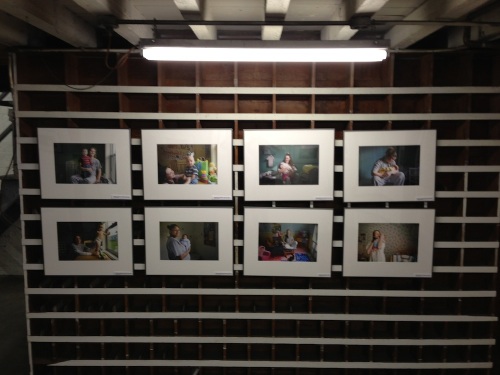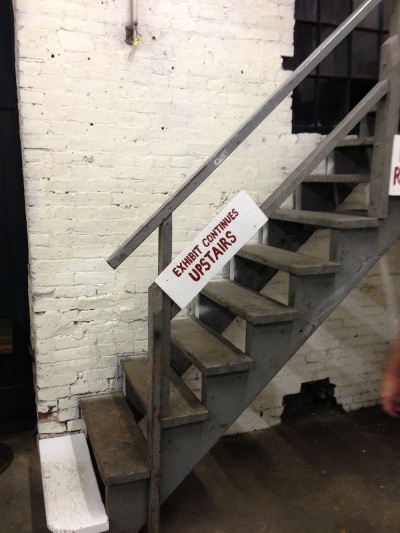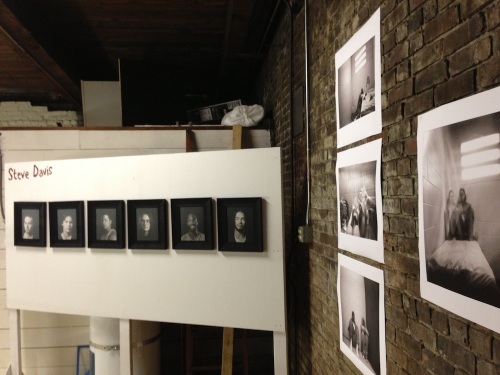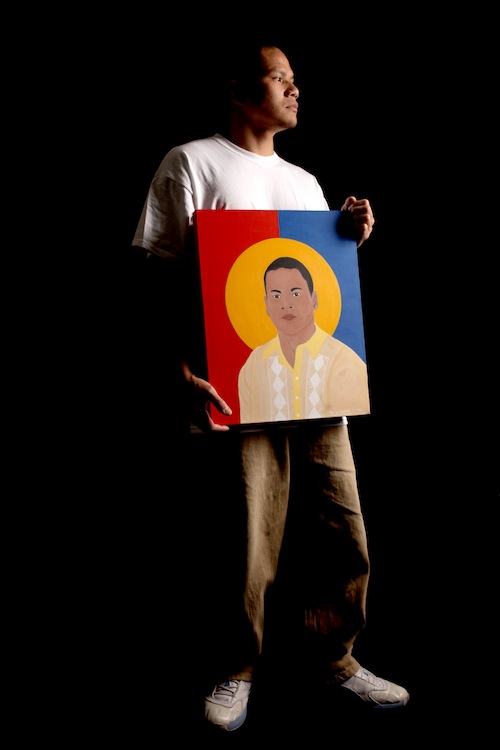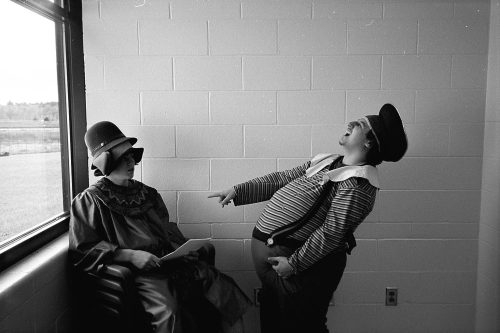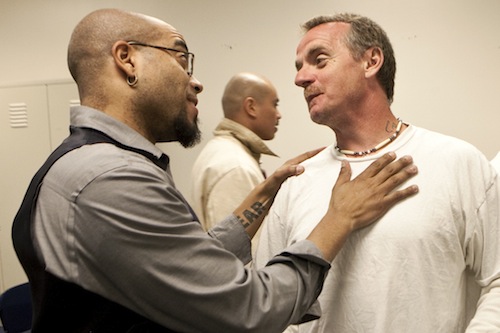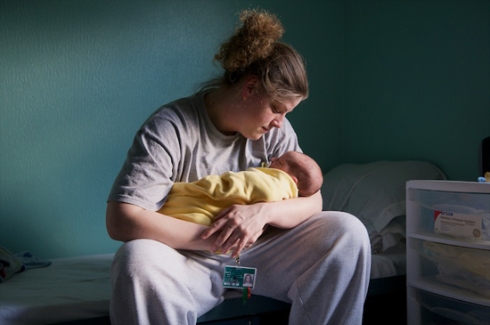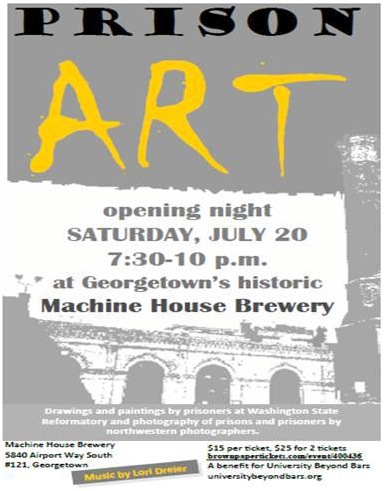You are currently browsing the tag archive for the ‘Erika Schultz’ tag.

Joey Milledge has a plush replica of his late father Army Sgt. Joseph B. Milledge at his home in Gig Harbor, Washington. “I like to sleep with it because it gives me good memories of my dad and sometimesÉ and good dreams, too,” he said.
Touched base with my old mucker Erika Schultz this week. She’s great, her colleagues are great, The Seattle Times is great. It’s a paper that allows its photographers to dive into projects deep. All my buds who shoot at the Times work super hard. It’s not easy, but it can be rewarding. Usually, it’s important.
I tacked on a question to my email to Erika about the photo she’s made recently and most proud of. Erika replied:
An image from a video and photo project on two local woman (and their sons) who lost their husbands in the Iraq War. The women — who were similar ages as me — thought it was important to share their stories on Memorial Day to remind the public of the human cost and sacrifice of war, and keep the memory alive of their husbands for their children.
I was listening to a radio program round up of the latest announcements by politicians for the 2016 Democratic ticket. One of candidates is Lincoln Chafee. He was a Republican U.S. Senator (1999-2007) and later a Governor of Rhode Island (2011-2015) but as an Independent. Well now he wants to challenge Hillary.
Chafee’s distinguishing feature is that he was the only Republican Senator to vote against authorising the use of force in Iraq. Will it matter? Probably not; the radio commentators suggested past wars aren’t of any importance to most Americans, now. Sad.
It’s easy to forget that moving on and away is difficult-to-impossible for some.
Here’s the video. put together by Corinne Chin and Lauren Frohne.
–
Erika is Wyoming born, a SeattleTimes staff photographer. Co-founder NWphotoJ. board member SPJWash.

Sisters Faisa Farole, 33, left, and Jamila Farole, 28, are among women trying to preserve female-only swim times at the Tukwila Pool. Photo: Erika Schultz / Seattle Times
I’m a week late on sharing this. But it is important. Fox News made unauthorised use of Erika Schultz‘s Seattle Times double portrait. Fox News did so to push a disgusting Islamophobic story about “the rise” of Sharia Law in America. Schultz made her image in the suburbs of Seattle. Fox were commenting on events in Minnesota.
On the Seattle Times website, Schultz made this classy response:
Using my photo to illustrate a story on a swimming program in Minnesota, under the title “Sharia Law: Swim Class for Somali Muslim Girls,” is unfair to the young women in the photo and misleads viewers.
For years, photographers on our staff have worked to develop contacts, trust and story ideas within this region’s many communities—including the East African community. Photographs can be extremely sensitive, but I’ve seen access increase over the years due to positive response to our stories and photo projects.
An incident like this has the power to intrude into those relationships and our future coverage. People may not want to work with media outlets for fear of being portrayed inaccurately.
This out-of-context and misleading use of this image reaffirms the importance of ethical, contextual journalism.
I appreciate the Farole sisters for the courage to stand up for their beliefs, and their willingness to share their story with the larger community to which they belong.
Erika is one of the most responsible journalists I know (we’ve worked together here, here, here and here). Erika works, with sensitivity, on her relationships with subjects over long periods. Fox News is an arrogant and racist idiot-giant that crushes anything that is nuanced or beautiful.
This is a sad turn of events for any photojournalist and for his or her subjects, but it’s particularly frustrating for a professional as diligent as Erika.
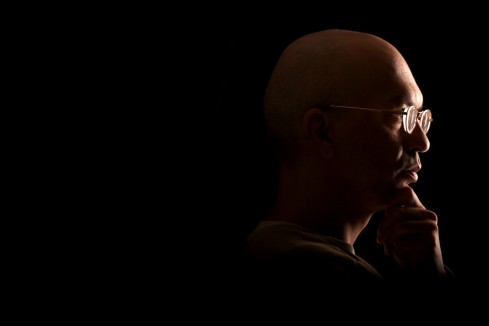
As I have mentioned here, NON-SUFFICIENT FUNDS, an exhibition of prison art by my students is ongoing in Seattle.
Prior to the show, the gallery asked that I try to make some portraits of the artists. I am not a photographer, so I was fortunate enough to secure the expertise of friend and Seattle Times photojournalist Erika Schultz.
The wall on which the portraits and their accompanying bios hung have been incredibly popular among the audience. Erika’s portraits are phenomenally unexpected. In this instance, text and image combine and challenge the damaging stereotypes of prisoners that usually hamper prison reform.
The non-existent genre of “prison photography” just expanded by one project.
PHOTOS AS EMOTIONAL CURRENCY
Not surprisingly, Erika’s portraiture has gripped the attention of the students too. For a US prisoner, sitting for a professional portrait is very, very, very rare. Photographs play a crucial part in the unorthodox family relationships that persist despite prison walls. The students are aware of this and incredibly eager for prints, which I will provide.
You should see more of this project on Erika’s blog.














